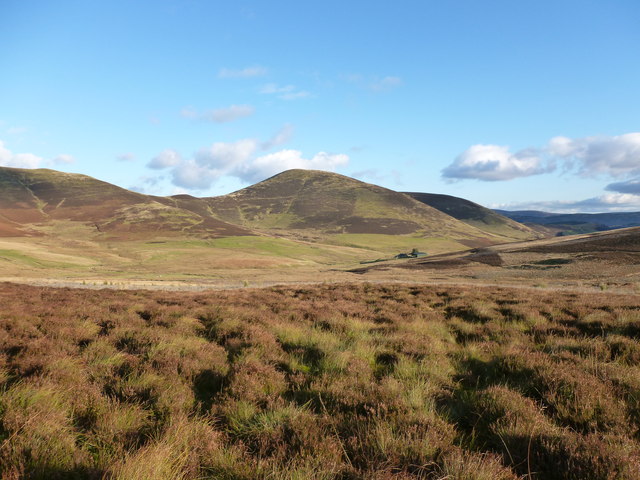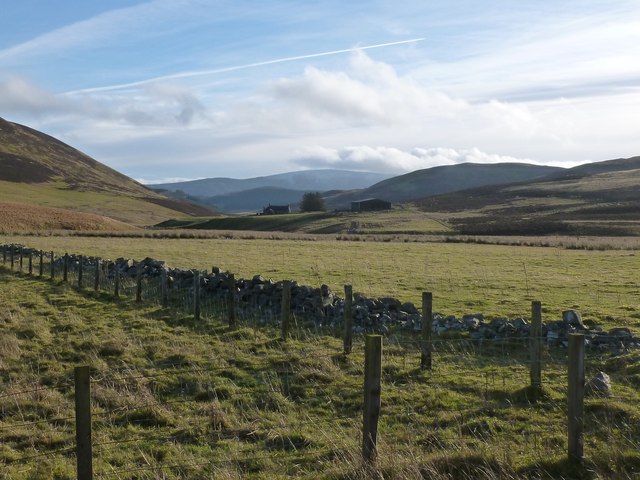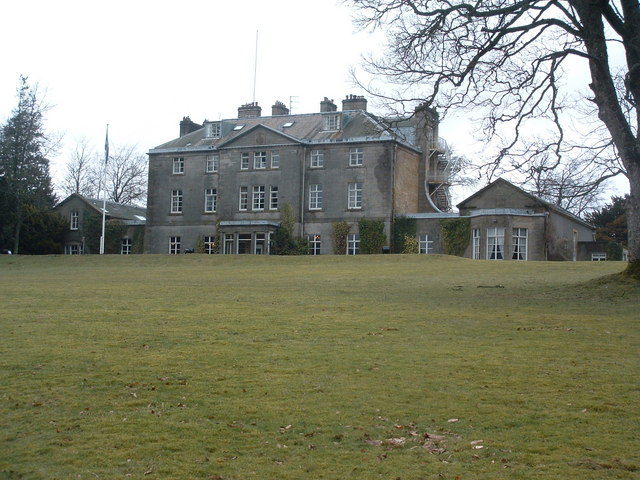Brown Dod
Hill, Mountain in Peeblesshire
Scotland
Brown Dod
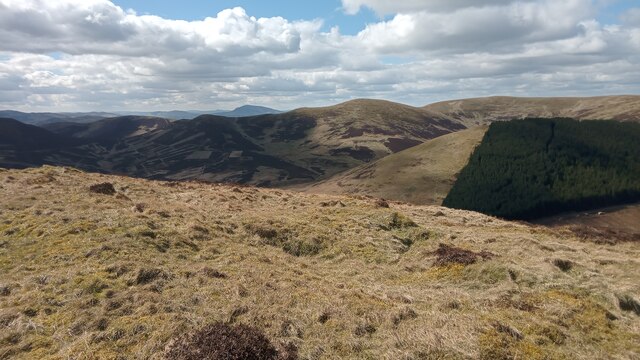
Brown Dod is a prominent hill located in the Peeblesshire region of Scotland. Situated approximately 5 miles southwest of the town of Peebles, it forms part of the stunning landscape of the Scottish Borders. Standing at an elevation of 1,301 feet (396 meters), Brown Dod is considered a notable hill in the area.
The summit of Brown Dod offers breathtaking panoramic views of the surrounding countryside, including the rolling hills, verdant valleys, and meandering rivers of Peeblesshire. On a clear day, visitors can see as far as the Pentland Hills to the north and the Moffat Hills to the south.
The hill is easily accessible by foot, with several well-maintained paths and trails leading to the summit. It is a popular destination for outdoor enthusiasts, including hikers, walkers, and nature lovers. The diverse flora and fauna found in the area make it an ideal spot for wildlife observation and bird watching.
Brown Dod is also steeped in history and folklore, with several ancient sites and ruins scattered across its slopes. The hill has been inhabited and utilized by humans for centuries, and remnants of old settlements, stone walls, and burial mounds can still be found in the vicinity.
Overall, Brown Dod offers visitors a chance to immerse themselves in the natural beauty and rich heritage of Peeblesshire. Whether it's enjoying the stunning views, exploring the trails, or delving into the historical significance, a trip to this remarkable hill is sure to leave a lasting impression.
If you have any feedback on the listing, please let us know in the comments section below.
Brown Dod Images
Images are sourced within 2km of 55.657301/-3.3774279 or Grid Reference NT1341. Thanks to Geograph Open Source API. All images are credited.

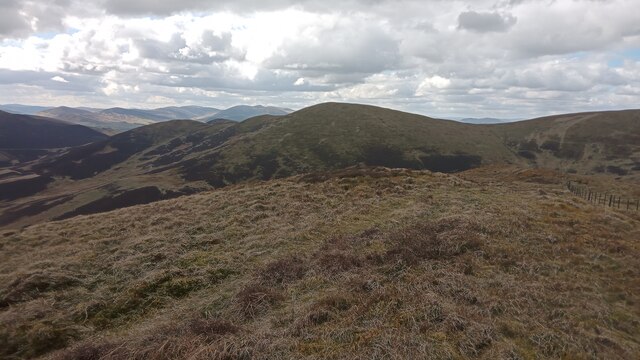

Brown Dod is located at Grid Ref: NT1341 (Lat: 55.657301, Lng: -3.3774279)
Unitary Authority: The Scottish Borders
Police Authority: The Lothians and Scottish Borders
What 3 Words
///warms.tasters.roses. Near Biggar, South Lanarkshire
Nearby Locations
Related Wikis
Castle Craig Hospital
Castle Craig Hospital is a private residential drug and alcohol rehabilitation clinic. It is located in Peeblesshire, Scotland. Castle Craig is an 18th...
Kirkurd
Kirkurd is a parish in Peeblesshire in the Scottish Borders situated 3 miles south-east of Dolphinton and 6 miles north-east of Broughton. Tarth Water...
Tarth Water
The Tarth Water is a river in Peebleshire, in the Scottish Borders. It forms part of the River Tweed system. The river with a total length of 7.1 miles...
Drochil Castle
Drochil Castle is a ruined castle in the Scottish Borders. It is located above the Lyne Water, 10 kilometres (6.2 mi) north-west of Peebles, and 8 kilometres...
Nearby Amenities
Located within 500m of 55.657301,-3.3774279Have you been to Brown Dod?
Leave your review of Brown Dod below (or comments, questions and feedback).











